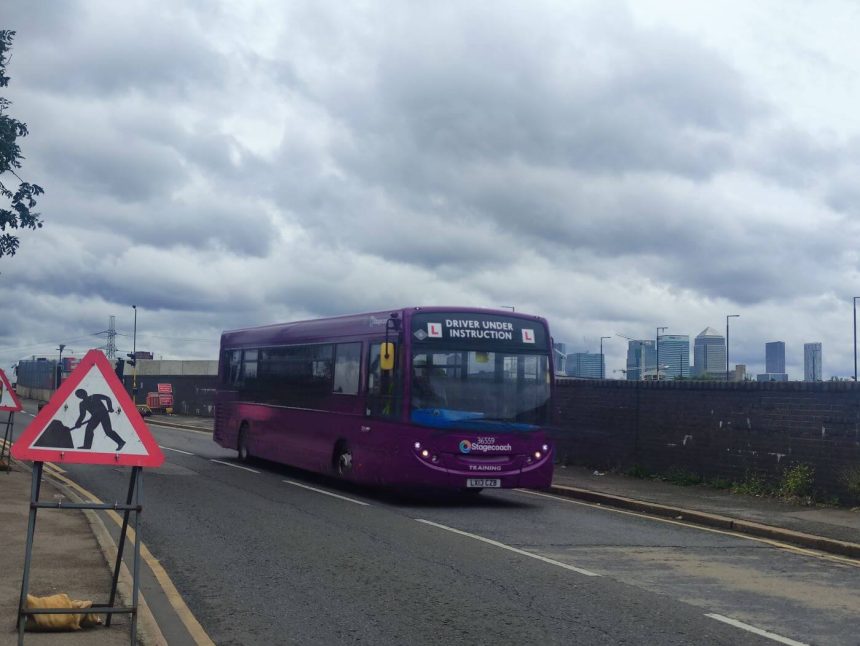CPT President and Stagecoach London MD Paul Lynch looks at why driver apprenticeships are not always considered a solution and whether change could make a difference
National Apprenticeship Week in England on 10-16 February was a useful opportunity to promote careers in the coach and bus industry and potentially boost recruitment at your company.
It was also a good opportunity for the Confederation of Passenger Transport (CPT) to advocate for policy to reduce bureaucracy and increase flexibility around the Apprenticeship Levy.
While engineering apprenticeships are long established as a vital source of recruitment and succession planning in many coach and bus companies – in my London company alone we have over 40 – driver apprenticeships have proved patchier in their implementation.
Some businesses have been very proactive in promoting the benefits of bus driver apprenticeships, including, for example, improved engagement, performance and retention, and are clearly very committed to it.
However, others have moved away from them, particularly when the driver shortage hit the industry a couple of years ago. Even across the different Stagecoach businesses, the picture is patchy.
Part of the reason given for this in some companies is the perception that some potential recruits are put off by the prospect of an apprenticeship.
However, I think the bigger reason is the complexity of running the schemes, even with the help of specialist businesses, versus running high-quality internal alternatives as we do in Stagecoach London currently.
The absolute number of driver apprenticeships is not particularly high
Our industry was also sceptical of the requirement to teach maths and English to a minimum of GCSE level to all apprenticeships; this might have been a reason for operators pursuing different training routes for drivers. Hopefully, the removal of this stipulation announced on 11 February will have an effect.
Nonetheless, it is worth noting that the number of bus drivers successfully completing their apprenticeships last year was a record high with a jump of 52% on the previous year – and a quarter of them were under the age of 25.
The majority learned to drive in London, but apprentices were hired in all corners of the country, from Torbay to Tyneside, Westmoreland to West Sussex. This shows that many businesses are finding it worthwhile.
Overall, though, the absolute number of apprenticeships for bus driver positions is not particularly high.
It is even lower for coach drivers despite a credible argument that coach driving is more suited to an apprenticeship than bus, and the apprenticeship standard is, indeed, designed to work for both (CPT was involved in revising it to make sure that was the case).
Perhaps because of the bureaucracy and complexity of the apprenticeship system, coach operators, which tend to be smaller than their bus equivalents, don’t have the resources to invest in them.
It will be interesting to see if this shifts with the increasing new ownership of coaching businesses by larger groups.
Looking ahead, is change likely? The government has created a new body, Skills England, and its stated intention is to replace the Apprenticeship Levy with a more flexible Skills and Growth Levy.
Indeed, in its manifesto, Labour said it intended to allow companies to draw down half of their levy allowance for non-apprenticeship training – something which, if enacted, will I am sure be welcomed by coach and bus operators.
A key ask from CPT is, therefore, that the new rules brought forward are flexible enough to enable coach and bus operators to offer more apprenticeships and training to new drivers and other staff, and to make it easier to derive a return for the levy that we are paying.
I’m sure we’d all agree with the merits of a well-trained and well-motivated workforce, and the logic of investing in the future of colleagues. It is an investment in them and the business.



























